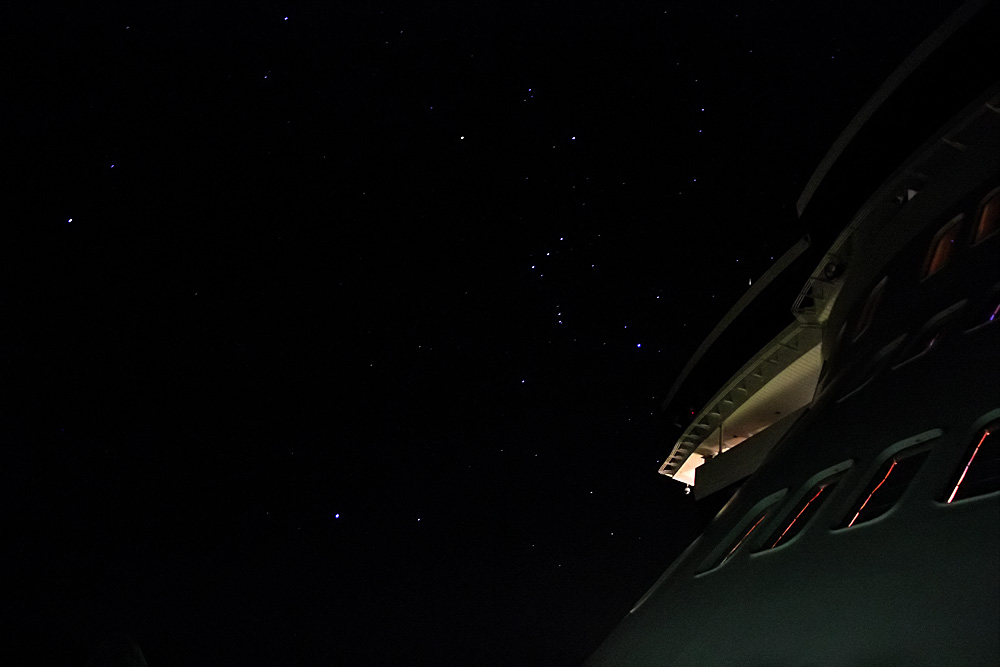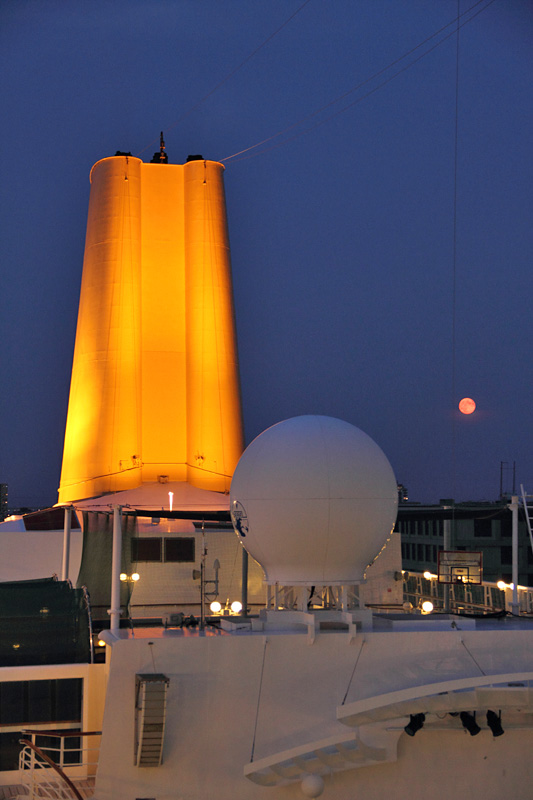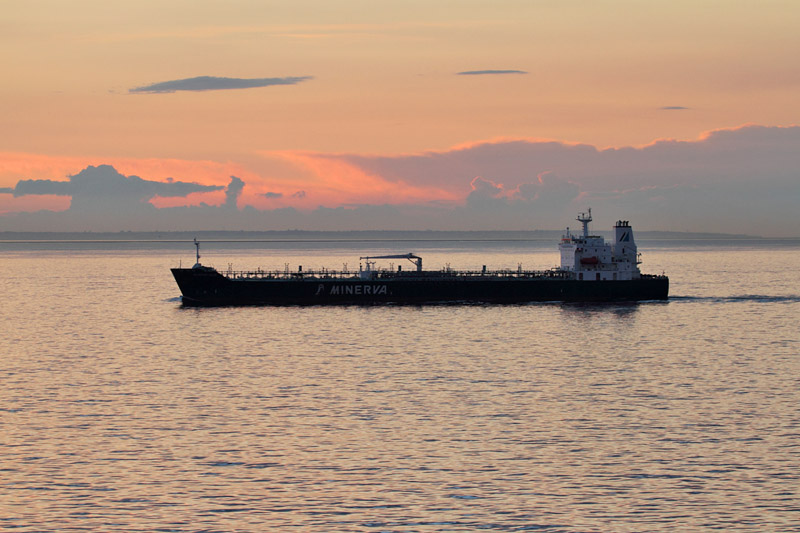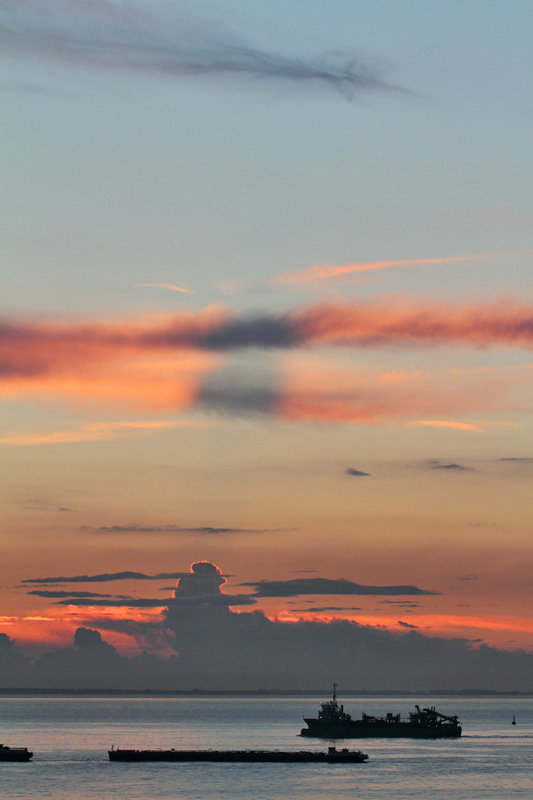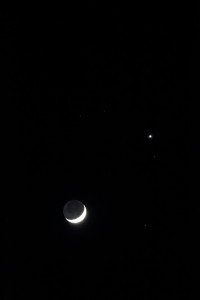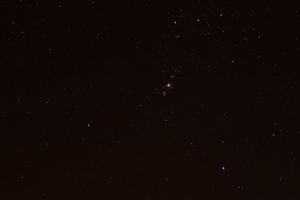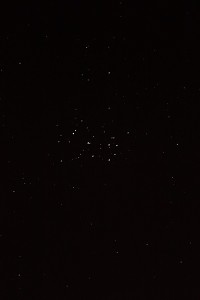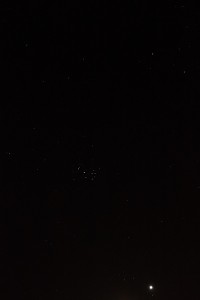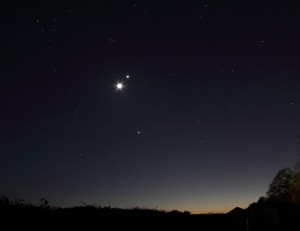*I had made a post under this title yesterday, but I accidentally deleted it when trying to delete something else! So here it is again, or what I can remember of it*
Being less than mobile recently, thanks to a knee injury, I have been doing a bit more reading than usual. I have been looking through my collection of Deep Sky Magazine and an article by Jeffrey Corder in DSM #6 Spring 1984, titled ‘Observing Low Surface Brightness Objects’, contained a sentence that caught my eye. The sentence in question read: “The reason old Reverend Webb described M33 as “Large, faint, and ill-defined” was more because his notoriously damp homeland of England is a generally poor site than because M33 is especially difficult“.
Er, “…generally poor site”? That’s a sweeping statement if ever I saw one and, like all sweeping statements, is actually not entirely true. Okay, England isn’t great, but neither is it a ‘generally poor site’ and, apart from the north-west, a lot of it isn’t ‘notoriously damp’ either, especially in the south.
Arizona is ‘great’, West Texas is ‘great’ (when it isn’t on fire), the outback of Australia is ‘great’, Chile’s Atacama Desert is ‘great’ and so on, but most observers – most people – don’t live in these observational nirvanas, they live in areas that are as cloudy and as light polluted as England, so it does kind of annoy me when I hear and read remarks such as Jeffrey’s and ‘Soggy little Britain’, which an American friend said to me on Facebook recently.
I used to be under the impression that people in the US, especially, had pristine home skies and spent all their spare evenings observing, so I was a little jealous! My visits to the Texas Star Party, and also reading forums such as Cloudy Nights, actually proved otherwise as most people live in areas which are cloudy and/or light polluted. People have to live in or near towns and cities for work, unless they happen to be rich or retired, and really only get dark sky observing opportunities around new Moon if the weather co-operates and they can get out of town for a night or two.
While 300+ clear nights a year would be nice, we don’t do too badly here, with over 100 nights a year, give or take a few, that are observationally usable – if we ignore the Moon’s phase – most particularly here on the South Coast where high sunshine levels translate into a decent amount of clear nights. I’ve been keeping a record of nights that are usuable for observing (partly clear as well as 100% clear) and, so far, in 2011, we’ve had 69 nights out of 155 that have been clear or partly clear, despite the coldest and cloudiest winter for 40 years. That’s 44%, not too shabby for a ‘generally poor site’. Out of those 69 nights, 52 have been totally clear. 2010 was 46% clear or partly clear (33% totally clear). Anything less than 50% clear goes down as cloudy! 50% clear is usable and I often observe on partly clear nights, as long as the Moon isn’t in the way. I have to admit that even I don’t observe as much as I could, as it isn’t always possible, particularly in the summer when nights are very short and in mid-winter when sub-zero temperatures make it a test of endurance, and at the age of 41 I’m beginning to find that several nights in a row is hard going, particularly when I am also working during the day.
That said, the weather does have a habit of being inclement when there’s an astronomical event on. Planning a public session to view an eclipse? You can bet it will probably be cloudy! However, the same goes for the USA, outside the dry and clear south west, and other countries, too. If you plan your observing around weekends because of work, particular dates or events, then there is a risk it will be cloudy or wet, as such a narrow window of opportunity means the perspective will be skewed. It doesn’t mean that it’s always or even mostly cloudy and wet.
Even the Texas Star Party this year wasn’t an observational success, as they were clouded out for all except two-and-a-half nights. Nearby range fires, caused by lighting strikes, haven’t helped either. A few past TSPs have been a bit hit-and-miss, too with 1992, 2005 and 2007 being pretty bad.
It’s a bit of a ramble but what I am trying to say here is that people tend to criticise England (and Britain in general) rather unfairly, when the truth isn’t as bad and it does annoy me, particularly when it often comes from people who are no better off than we are. It’s true that we British do love to complain about the weather but as whingeing is a national pastime here (and, yes, I can moan with the best of ’em!), that doesn’t mean much, as sunshine and 90 degree temperatures here bring as many complaints from people as any other type of weather! In short, while we don’t have the best observing conditions here by no means do we have the worst either. England is probably about average in the grand scheme of things.
Light pollution is more of a menace than clouds. The UK, especially England, is overcrowded and, as such, is quite badly light polluted and we have a big problem here in that respect. Public ignorance is a major factor in this as they tend to think that turning night into day is somehow a ‘good thing’ and prevents crime. It isn’t and doesn’t. It’s wasteful, adds to carbon emissions and isn’t proven to reduce crime – and criminals need light to see, they don’t have superior night vision compared to the rest of us!
Local council street light switch-offs, due to austerity measures, have been greated with bleating about ‘blackouts’ and claims of increased crime (although that’s not supported by facts) and one woman in Northamptonshire claimed she fell over in the dark and injured herself. You don’t just ‘fall over’ in the dark unless you’re not taking adequate care and using a torch, unless you have a problem. It’s the same with pedestrians walking along unlit roads at night – if they wear light or reflective clothing then they have far less chance of being run over, unless they do something really stupid.
The battle against light pollution is slowly gaining some ground with a lot of councils, including the Isle of Wight, beginning to put new LED lamps in. Apparently, these shine downwards and little or no light actually goes into the sky. I have read reports where amateur astronomers in areas where these have already been installed say that there is a big improvement. It’s a step in the right direction and, if these lights shine where they are supposed to but the sky remains dark, then everyone will be happy. Light trespass is now an offence, so badly shielded and directed security lights have to be adjusted if a complaint is made.
Returning to Jeffrey Corder’s article, as for M33 itself from here it’s certainly large but it’s not a hard object to see. It’s a naked-eye object on a good night from here and is not that faint or ill-defined, being a nice sight in binoculars. Telescopically there’s lots to see such as HII areas and, with a large enough scope, globular clusters.
Rev. Webb’s impression of it was more likely down to the quality – or lack of it – of his scopes rather than any shortcomings in the quality of his sky. I daresay that telescopes back in 1984 were superior to those of the 1800s, which was Webb’s era.
